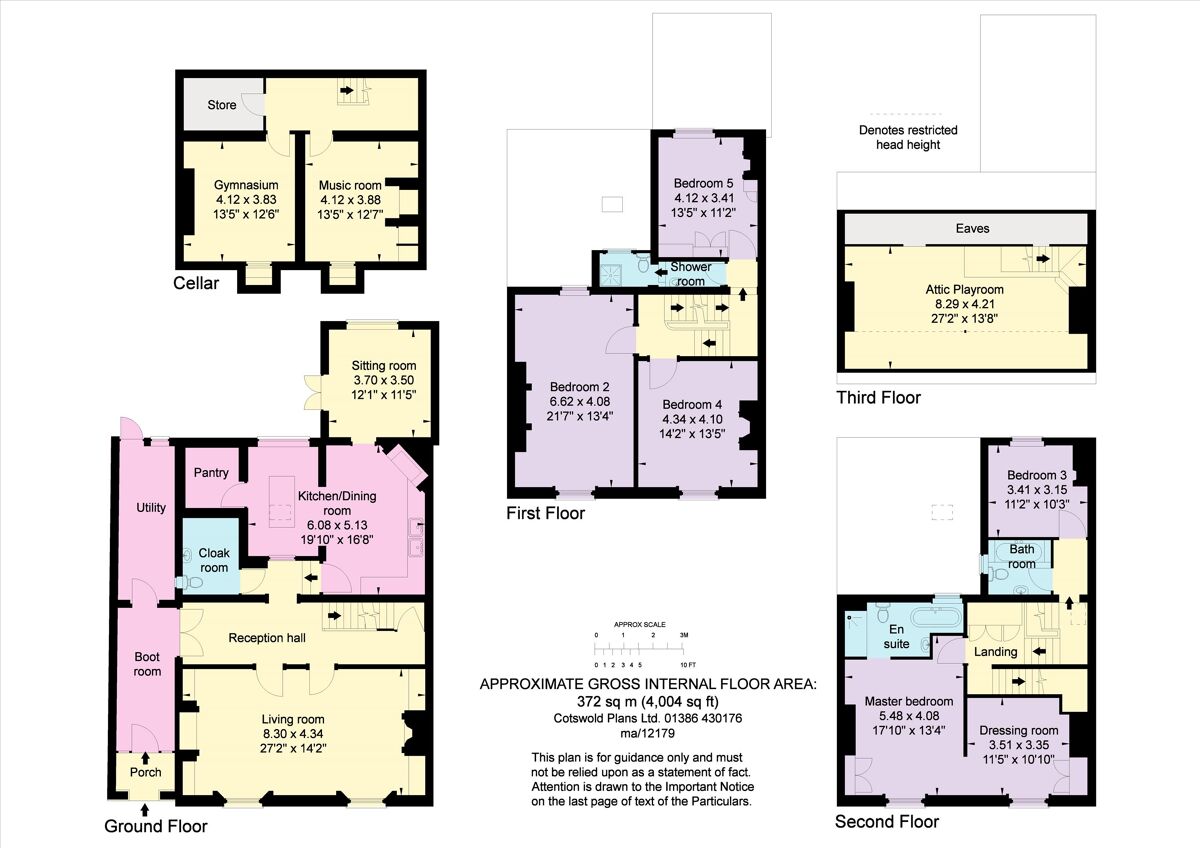The period covered in this volume was particularly important in Hungarian cultural history regarding the interactions of print media with other social and cultural formations. The expansion of the market of media products was accompanied by the acceleration of social communication and the broadening of its participant base. Weekly newspapers and periodicals published only a few times a year followed international patterns. As new reading habits and editorial-authorial roles emerged, an increasing number of people took advantage of the new opportunities to publish. Some newspapers and periodicals published political and economic news, while in other outlets more space was devoted to publications focusing on scientific, medical, and agricultural topics. As scientific and educational texts had to make up for the deficiencies of public education, many periodicals published historical portraits and descriptions of historical events, but astrological, geographical, botanical, and zoological announcements, too. Thus, the majority of the newspapers and periodicals both served as a means of communication among scholars and as a frequent forum for enlightened national endeavours. Essays in this collection reveal the cultural dynamism of multilingual media in the Hungarian Kingdom, as well as the centrality of the press to our understanding of the period from 1770 to 1820.
‧
- Hungary is a landlocked country in Central Europe bordering Austria, Croatia, Romania, Serbia, Slovakia, Slovenia, and Ukraine. Hungary's landscape consists of flat to rolling plains divided in two by its main waterway, the Danube.
- Folk costumes from Hamburg. Folk costumes from Hamburg and its surroundings. Beginning of the 19th century. 1 and 2: Fruit seller from the Alte Lande (old lands), which stretches down the river Elbe on the left bank.
- When two-thirds of Hungary was regained for Catholicism, Hungarian Reformed Church Christians suffered intolerance. Their descendants immigrated to America and in 1890 began the first Hungarian Reformed Church in Cleveland. As the Magyar Synod, Hungarian churches united with the Reformed Church in the United States in 1921.

Reciti Conference Books publishes proceedings of conferences organized by the Institute for Literary Studies of the Research Centre for the Humanities, Hungarian Academy of Sciences. It aims at promoting diverse methodological approaches to the analysis of texts and contexts from the Renaissance to contemporary literature and culture.
The no-compromise energy blog. Stay in the know. As the Hydrogen 2.0 ecosystem gains momentum, we’ll be sharing our views and insights on the new Hydrogen 2.0 Economy. The single currency eases further momentum and drags EUR/USD to news 3-day lows in the 1.1820 on Thursday. EUR/USD weaker on ECB, looks to EU Conferen.
Table of Contents
Media and Literature in Multilingual Hungary
1770–1820
‧
Edited by:
Ágnes Dóbék
Gábor Mészáros
Vaderna Gábor
‧
Reciti Conference Books ‧ 3
Edited by:
Zsuzsa Török
‧
Proof readers:
Bernhard Heiller
Thomas Edward Hunter
Andrew C. Rouse
‧
Supported by the “Lendület” (“Momentum”) program of the Hungarian Academy of Sciences,
“Literary Culture in Western Hungary, 1770–1820” Research Group
This book is licenced under the terms of the Creative Commons License Attribution–NonCommercial–ShareAlike 2.5 Hungary (CCBY-NC-SA 2.5 HU), which permits any noncommercial use, sharing, distribution and reproduction in any medium or format
‧
HUISSN 2630–953X
ISBN978–615-5478–70‑3
‧
Published by Reciti,
Institute for Literary Studies of the Research Centre for the Humanities,
Hungarian Academy of Sciences ▶ http://www.reciti.hu
Graphic design, layout: Zsuzsa Szilágyi N.
Web: Béla Hegedüs
‧
Budapest
2019
Tartalom
- download
- imprint
Vélemény, hozzászólás?
Hungary 1820 Kitsempty Spaces The Blog Example
Hozzászólás küldéséhez be kell jelentkezni.
